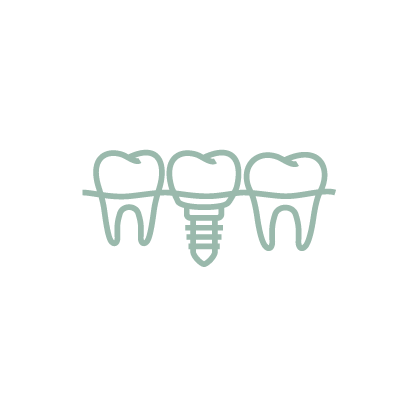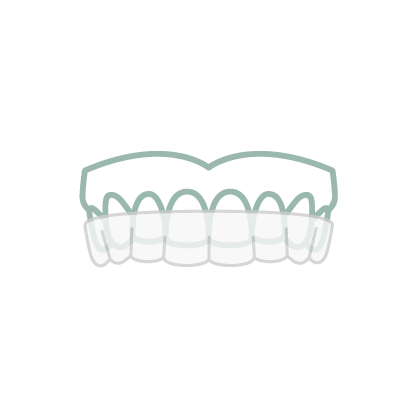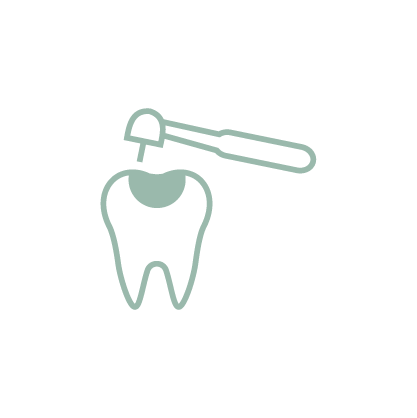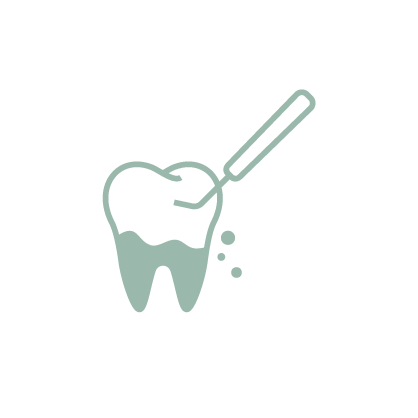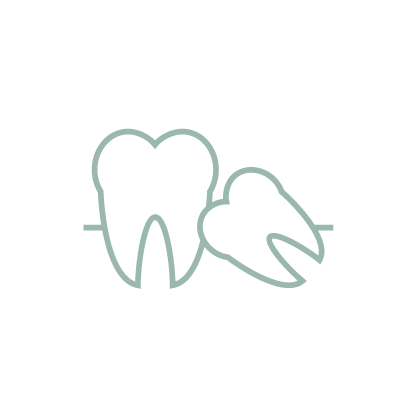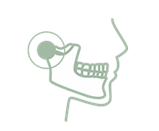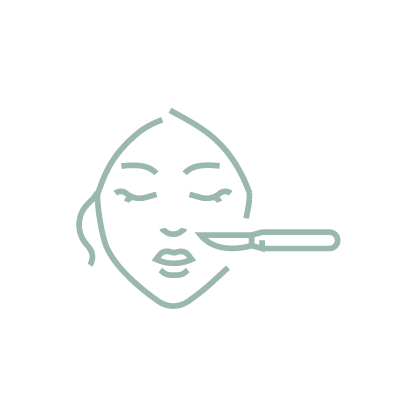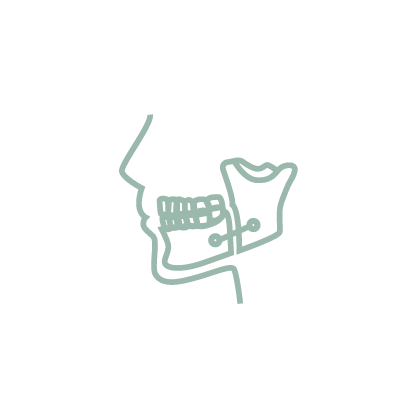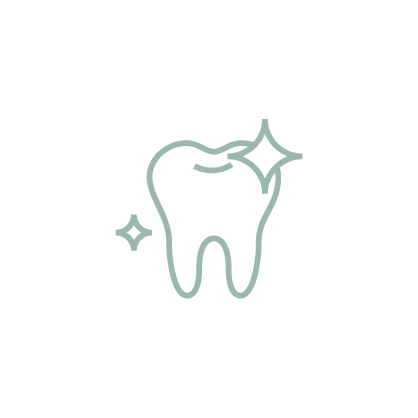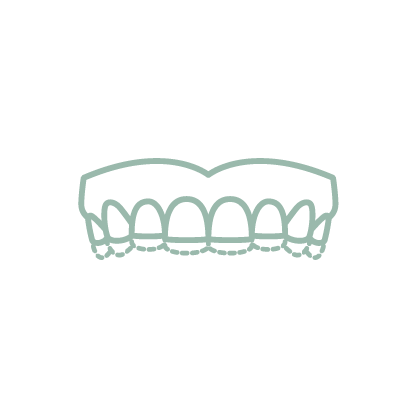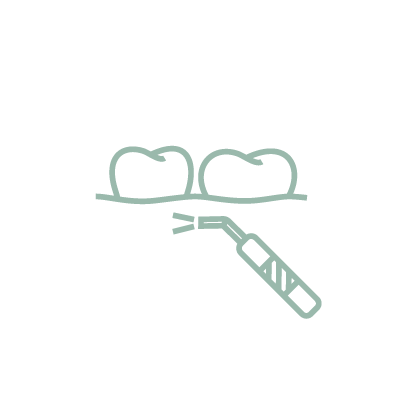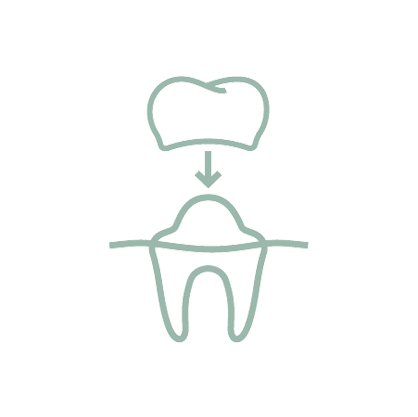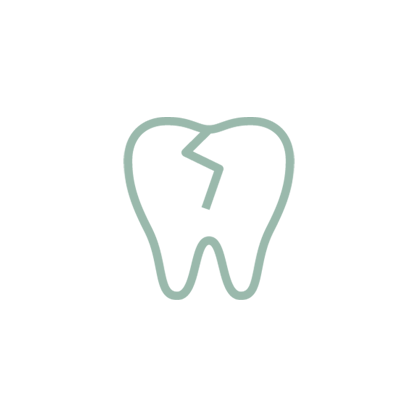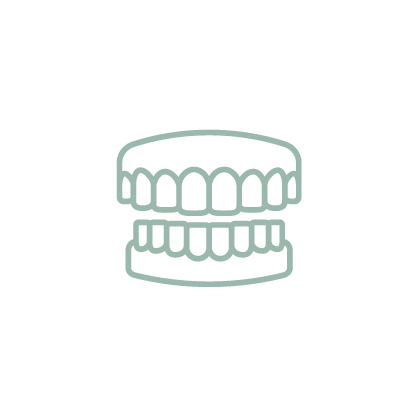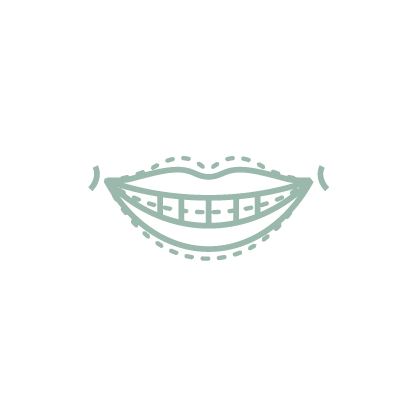Extraction
What is tooth extraction?
This is the procedure performed by a dentist by pulling the teeth from the jawbone.
Why tooth need to be extracted?
- Tooth is severely decayed that there is no other way to keep this tooth.
- Patient has gum disease: tooth mobility or infection.
- Tooth is broken that it cannot be repaired by filling or crown.
- Preparation for orthodontic treatment reason
- If radiation or chemotherapy to the head and neck causes teeth to become infected, pulling teeth may be necessary.
- Malposition tooth: impacted tooth.
Procedure for tooth extraction
- Before scheduling the procedure, your dentist will take an X-ray of your tooth. Be sure to tell your dentist about any medications you take, as well as vitamins, supplements, and over-the-counter drugs.
- Your dentist will inject local anesthesia to numb the extraction site, so you will feel only pressure, not pain, during the procedure.
- Pulling teeth falls into two basic categories: simple and surgical.
- Simple: A simple tooth extraction involves the removal of a tooth that is visible in the mouth. This could mean removing a severely damaged or decayed tooth or removing teeth prior to getting braces. General dentists (หมอ) can do simple tooth extractions. In most cases, over-the-counter pain medication is sufficient for pain management after these procedures.
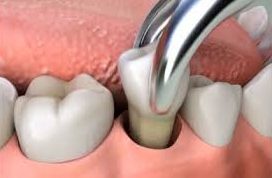
- Surgical: Surgical tooth extraction is an operation by an oral surgeon (oral surgeon) involving removal of teeth that are not visible in the mouth, because they have not come in or because the tooth has broken off. You may also receive prescription pain medication for use immediately after surgical teeth-pulling procedures.
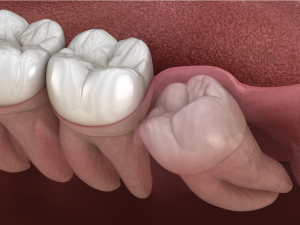
What is the recovery period from a tooth extraction?
It normally takes a few days to recover after a tooth extraction. The following steps help ensure that your recovery goes smoothly.
- After the dentist places the gauze pad over the affected area, bite down to reduce bleeding and to aid in clot formation. Leave the gauze on for two hours, or until the pad is soaked with blood. If it is still bleeding, keep bite down the gauze another hour.
- Swallow your blood and saliva. Do not split out because it causes the gauze to move, and blood will be clot slower.
- The first 24 hours, apply an ice pack to your cheek directly after the procedure to reduce swelling. Use the ice pack for 10 minutes each time.
- Numbness can be existing for 2-3 hours after procedure. Be careful do not bite your cheek, tongue, or lip.
- Take any medications as prescribed, including over-the-counter painkillers.
- Rest and relax for the first 24 hours. Do not jump immediately into your regular routine the following day.
- Do not use a straw for the first 24 hours.
- Do not smoke or drink alcohol.
- Do not rinse for 24 hours after the tooth extraction, and spit only gently.
- Use pillows to prop your head up when you lie down.
- Brush and floss your teeth like normal but avoid the extraction site.
- The day after the procedure, eat soft foods, such as yogurt, pudding, and applesauce. Avoid spicy food or hot food.
- As you heal over the next few days, you can slowly reintroduce other foods into your diet.
If you are experiencing pain that is not going away after several days or signs of an infection —including fever, pain, and pus or drainage from the incision — make an appointment to see your dentist as soon as possible.

